



As urban living becomes more prevalent, the importance of creating a nurturing and vibrant indoor environment is increasingly recognized. The introduction of plants into your living room is a powerful way to bridge the gap between the urban landscape and the natural world, fostering a connection to nature within the confines of your home. Beyond the undeniable enhancement of visual appeal, these green companions bring with them a myriad of benefits that extend to both your physical well-being and mental health.
Plants act as natural air purifiers, filtering out pollutants and toxins from the air, thereby contributing to a cleaner and healthier indoor atmosphere. The greenery also adds a touch of tranquility to your living space, creating a calming ambiance that can alleviate stress and enhance overall mental well-being. The act of nurturing and caring for plants can be therapeutic, providing a sense of accomplishment and purpose.
However, the journey to cultivating an indoor garden is not a one-size-fits-all endeavor. Each living room has its unique characteristics, and understanding the specific needs and nuances of your space is essential for the successful integration of plants. In this article, we will delve into the key considerations that should inform your choices when selecting plants for your living room, ensuring that your indoor garden not only flourishes but also becomes an integral part of your daily life, positively influencing your physical and emotional health. So, let's embark on the journey of transforming your living room into a green haven.
1. Understanding Light Conditions
Understanding the light conditions in your living room is a pivotal step in ensuring the successful growth and well-being of your indoor plants. Plants have evolved with specific light requirements, and matching these requirements to the conditions in your living space is crucial for their health and vitality.
Low-Light Environments:
In spaces with limited natural light, it's essential to choose plants that thrive in low-light conditions. Consider introducing resilient species such as snake plants, pothos or ZZ plants. These plants have adapted to thrive in the shade, making them excellent choices for areas where sunlight is scarce. Their ability to photosynthesize effectively in lower light levels ensures that they not only survive but also maintain their aesthetic appeal.
Golden Pothos
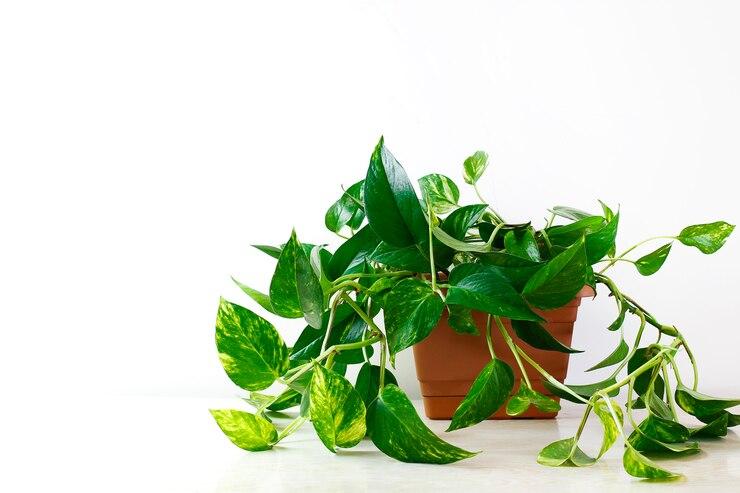
Abundant Sunlight:
Conversely, if your living room receives ample sunlight, you have the opportunity to explore a broader range of plants that thrive in higher light conditions. Succulents, known for their water-storing capabilities, can add a touch of uniqueness to sunlit spaces. Spider plants are versatile and can adapt to a variety of light conditions, making them suitable for brighter areas. The majestic fiddle leaf fig is another option that flourishes in well-lit spaces, adding a dramatic and elegant presence to your living room.
Succulents
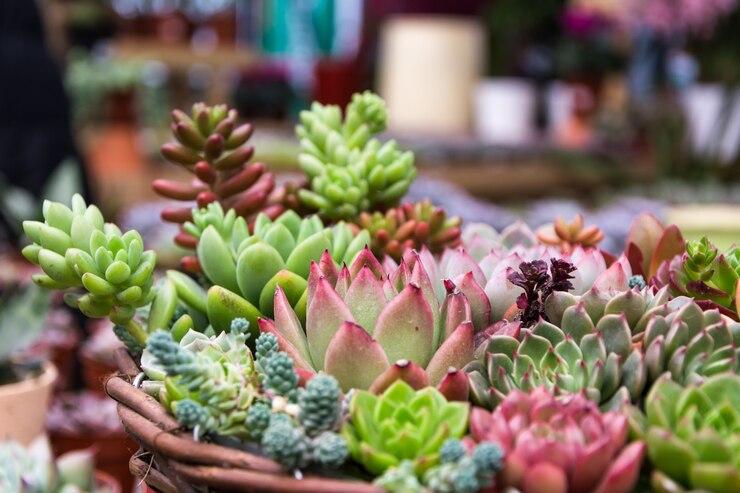
Placement Considerations:
Additionally, pay attention to the specific areas within your living room that receive varying amounts of light. Consider placing light-loving plants closer to windows or sources of natural light, while shade-tolerant varieties can be strategically positioned in corners or areas with subdued illumination. By understanding the unique lighting dynamics of your living space, you can create a well-balanced and thriving indoor garden that complements both the plant species' requirements and your room's layout.
2. Tailoring Plants to Your Living Room's Dimensions
The size of your living room and the available space for plants are pivotal factors that influence the visual impact of your indoor garden. The strategic selection of plants based on these dimensions ensures that your green additions harmonize with the existing decor, creating a balanced and aesthetically pleasing atmosphere.
Large, Floor-Standing Plants:
In expansive living areas, consider incorporating large, floor-standing plants to make a bold and eye-catching statement. Palms, with their graceful fronds, or rubber plants, known for their robust and glossy leaves, can introduce a touch of elegance and drama. These towering plants not only fill vertical spaces but also serve as focal points, adding a sense of grandeur to larger rooms. Be mindful of placing them in areas where they can receive adequate light and won't obstruct pathways or views.
Rubber Plant
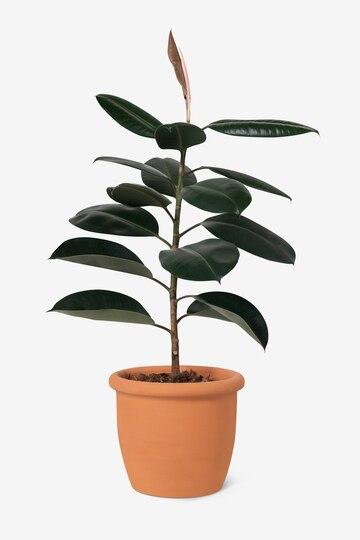
Small Plants for Limited Spaces:
For more compact living rooms or areas with limited floor space, opt for smaller plants that can be placed on tabletops, shelves, or window sills. Succulents, with their diverse shapes and colors, are excellent choices for adding a touch of nature without overwhelming smaller spaces. Herb gardens in compact containers not only bring greenery but also offer the practicality of fresh herbs for cooking. These smaller plants contribute to the overall ambiance without dominating the available space.
Aesthetic Harmony:
Maintaining aesthetic harmony is key when integrating plants into your living room. Consider the existing decor, color scheme, and furniture arrangement. Choose plants that complement the overall style, whether it's contemporary, minimalist, or eclectic. The goal is to create a seamless integration, where the greenery enhances the visual appeal of the room without overshadowing or clashing with other elements.
Strategic Placement:
Arrange plants strategically to optimize the available space. Use corners, empty nooks, or areas with indirect light for larger plants. For smaller plants, consider hanging planters, terrariums, or decorative pots to elevate them to eye level without taking up precious surface space. The careful placement of plants ensures that they become integral elements of your living room's design, enhancing the overall aesthetic while maintaining a sense of balance.
3. Assessing Your Commitment to Plant Care
Understanding and evaluating your commitment to plant care is a crucial aspect of selecting the right plants for your living room. Different plants have varying maintenance requirements, and aligning these with your lifestyle ensures a thriving and enjoyable indoor garden.
Low-Maintenance Options:
For individuals who are new to plant parenthood or have busy schedules, opting for low-maintenance plants is a wise choice. These plants can withstand occasional neglect and still thrive. Aloe vera, with its succulent leaves that store water, is an excellent choice for those who may forget to water regularly. Sansevieria, also known as the snake plant or mother-in-law's tongue, is incredibly resilient and can tolerate low light and infrequent watering. Pothos, with its cascading vines, is another low-maintenance option that adds a touch of greenery without demanding constant attention.
Aloe Vera
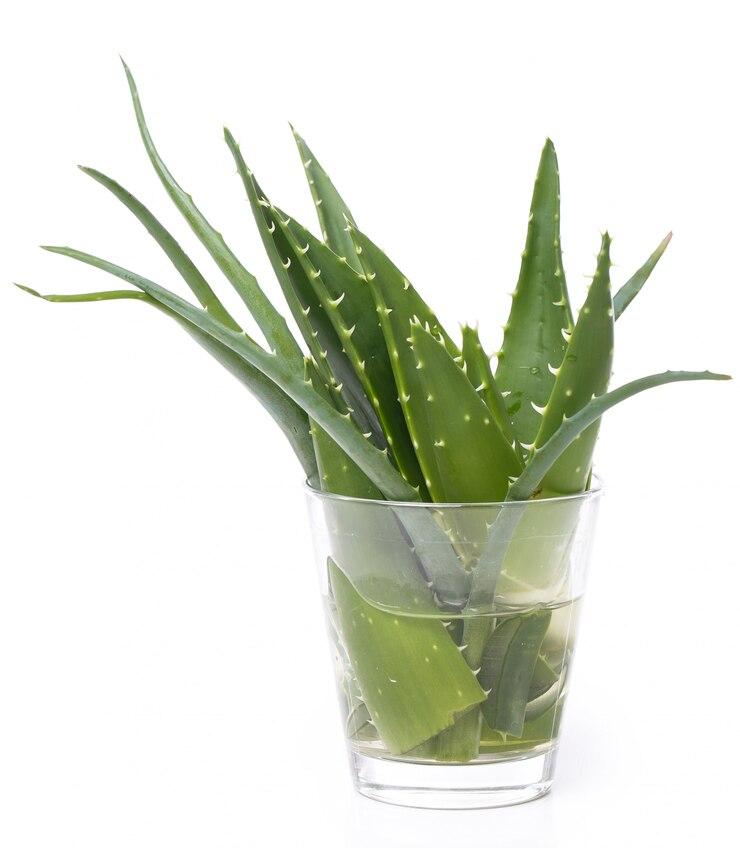
Ideal Choices for Green Thumbs:
If you have a passion for gardening and the time to invest in plant care, consider species that may be a bit more demanding but reward you with lush foliage and vibrant blooms. Orchids, with their exotic flowers, require specific care but can be incredibly rewarding for enthusiasts willing to provide the right conditions. Ferns, known for their delicate fronds, thrive in humid environments and require consistent moisture. Peace lilies, with their elegant white blooms, add a touch of sophistication but necessitate regular watering and attention to their environmental needs.
Orchids
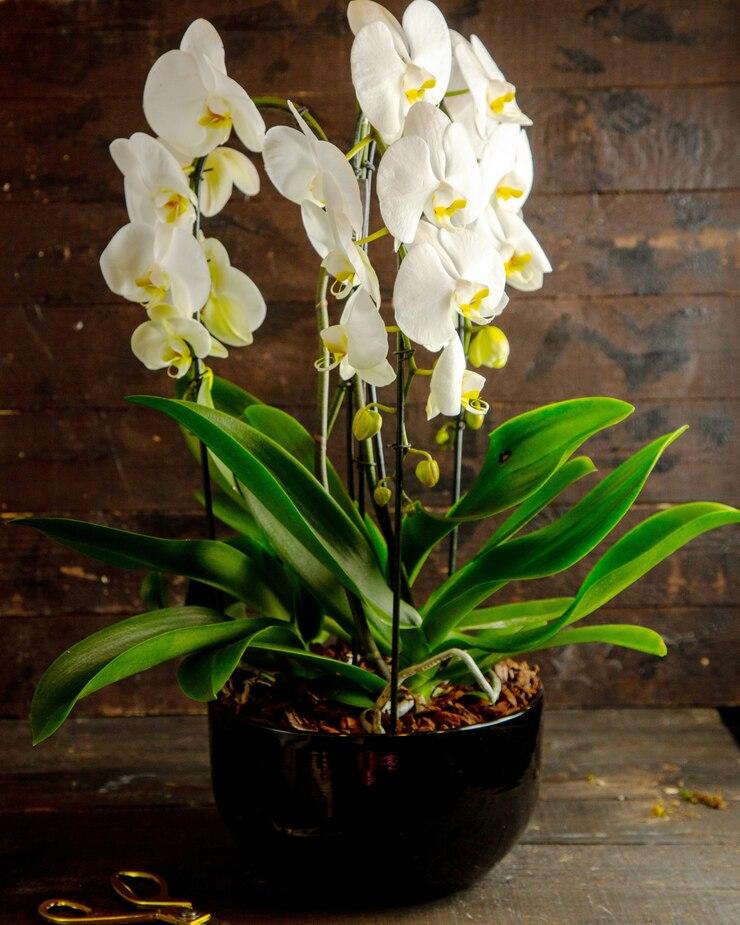
Balancing Act:
Finding the right balance between your lifestyle and the care needs of your plants is essential. Overcommitting to high-maintenance plants when your schedule is tight can lead to frustration and potential neglect. Conversely, selecting low-maintenance plants might not fulfill the desires of those who enjoy the hands-on aspect of plant care. By aligning your dedication to care with the needs of your chosen plants, you can create a symbiotic relationship that enhances both your living space and your well-being.
4. Harnessing the Air-Purifying Benefits of Indoor Plants
Indoor plants offer more than just visual appeal; they possess the remarkable ability to purify the air, creating a healthier and more invigorating living environment. When selecting plants for your living room, consider those with notable air-purifying properties to enhance the well-being of your household.
Spider Plants:
Spider plants are renowned for their air-purifying capabilities. They efficiently filter out pollutants such as formaldehyde and benzene, which may be present in household products and materials. These resilient plants are not only easy to care for but also produce offshoots, known as Spiderettes, creating a visually interesting and dynamic display. By incorporating spider plants into your living room, you not only contribute to cleaner air but also introduce a touch of natural elegance.
Snake Plants:
Snake plants are champions in air purification. Thriving in low-light conditions, they are adept at removing toxins such as formaldehyde and benzene. Snake plants have the added benefit of converting carbon dioxide into oxygen at night, making them ideal for bedrooms as well. Their sleek, upright leaves make them a visually striking addition to any space, and their air-purifying qualities contribute to a healthier indoor atmosphere.
Snake Plants
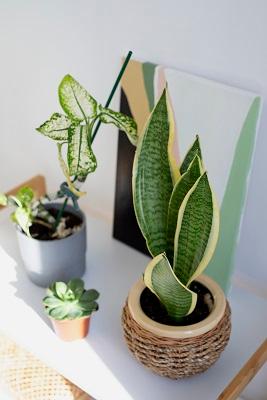
Peace Lilies:
Peace lilies are not only admired for their graceful white blooms but also for their ability to filter out common indoor pollutants, including ammonia, benzene, and formaldehyde. Peace lilies thrive in shaded areas, making them suitable for various locations within your living room. Their elegant appearance and air-purifying prowess make them a versatile and beneficial choice for creating a tranquil indoor environment.
Peace Lilies
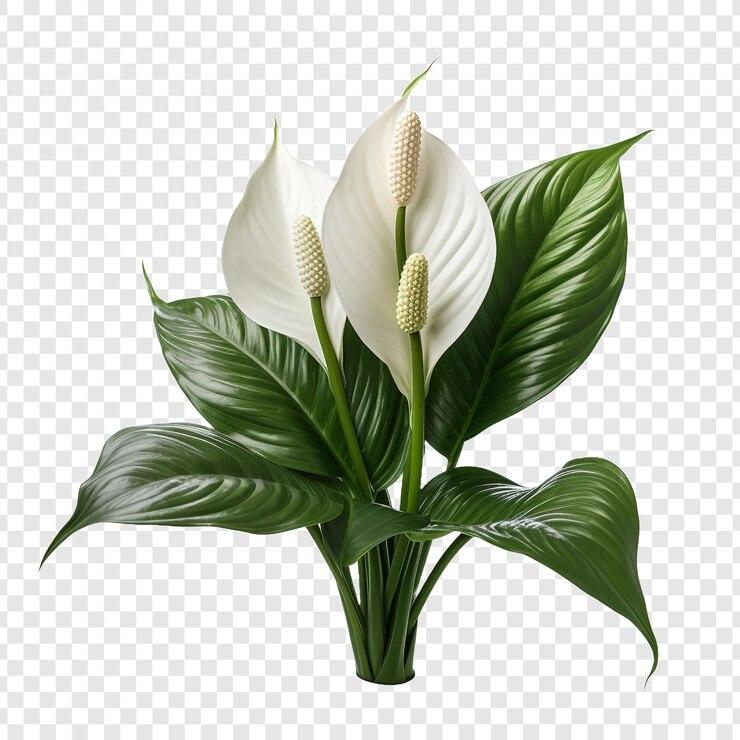
Creating a Tranquil Atmosphere:
Beyond their air-purifying properties, these plants contribute to a sense of tranquility and relaxation in your living room. The green foliage creates a connection to nature, promoting a calming atmosphere that can alleviate stress and enhance overall well-being. The act of caring for these plants and witnessing their growth fosters a sense of mindfulness, further contributing to the serene ambiance of your living space.
5. Enhancing the Visual Harmony Appeal of Your Living Room
Plants are not just living decor; they play a pivotal role in shaping the overall mood and atmosphere of your living area. When selecting plants for your living room, consider their aesthetic appeal and how they complement your decorating style. Whether your space exudes a modern, bohemian, or classic vibe, the right foliage can enhance the visual harmony of your home.
Choosing Foliage that Suits Your Style:
The type of foliage is a key factor in aligning plants with your decorating style. For a modern aesthetic, sleek and minimalistic plants like snake plants or ZZ plants can be ideal. Bohemian spaces often embrace the eclectic, so consider vibrant and varied plants like pothos, with their cascading vines, or spider plants with their unique arching leaves. The classic decor may benefit from the timeless elegance of peace lilies or ficus plants.
ZZ Plants
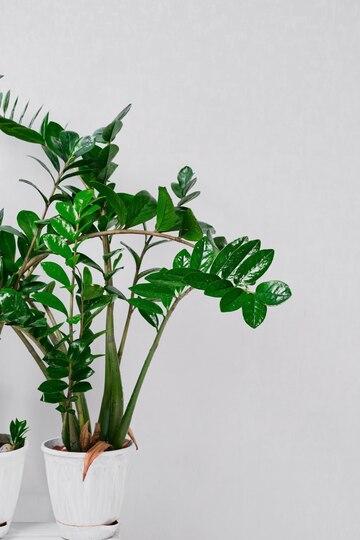
Considering Form, Color, and Texture:
Beyond the type of plant, pay attention to the form, color, and texture of the leaves. Strappy, upright leaves can add a sense of structure, while broad, lush foliage can create a more relaxed and organic feel. Experiment with different leaf shapes and colors to find a combination that resonates with your personal style. Variegated leaves, bold patterns, or monochromatic hues can all contribute to the visual appeal of your indoor garden.
Mixing and Matching for Depth and Intrigue:
Create visual interest by mixing and matching different plant varieties. Combining plants with varying heights, leaf shapes, and textures adds depth and intrigue to your indoor garden. Consider placing taller plants like palms as focal points and surround them with smaller, complementary plants. This layering technique not only adds visual appeal but also creates a dynamic and cohesive arrangement.
6. Pet-Friendly Plants: Ensuring the Safety of Your Furry Companions
For households with pets, the safety of your furry friends is a top priority when selecting plants. Some common houseplants can be toxic to animals, so it's crucial to choose pet-friendly alternatives. Spider plants, with their arching leaves, are non-toxic and can provide a playful element. Boston ferns, with their feathery fronds, are safe options that add a touch of elegance to your living space. Areca palms, known for their air-purifying qualities, are also non-toxic and can be a great addition to pet-friendly homes.
Placing Plants Out of Reach:
While choosing pet-friendly plants is essential, it's equally important to place them out of reach of curious pets. Some plants may be tempting to nibble on, and it's best to prevent accidental ingestion. Consider using hanging pots, elevated plant stands, or placing plants on surfaces that are inaccessible to pets. This precaution ensures a harmonious coexistence between your indoor garden and your animal companions.
Conclusion:
In conclusion, cultivating a green oasis in your living room requires thoughtful consideration of light, space, maintenance, air-purifying qualities, aesthetic appeal, and pet-friendliness. By selecting plants that align with these criteria, you not only enhance the beauty of your living area but also contribute to a healthier and more enjoyable home environment. Create a harmonious indoor garden that transforms your living room into a serene and thriving space.
explore further
Latest from Contemporary ideas
More from Innovations
Resources
Dwello, for every home buyer, is a way to go from 'I feel' to 'I know', at no extra cost.




